John Quincy Adams (1767 – 1848) served as U.S. ambassador to several countries under various presidents, including his father John Adams, before becoming Secretary of State under President James Monroe. He is considered one of the greatest diplomats and secretaries of state in American history. Adams became the sixth President of the United States in 1825 and served for one term till 1829. Post presidency, he had an illustrious career as a member of the House of Representatives, in which he famously opposed slavery. Know more about the contributions of John Quincy Adams before, during and after presidency through his 10 major accomplishments.
#1 HE SERVED AS U.S. AMBASSADOR TO SEVERAL NATIONS
In his mid-twenties, John Quincy Adams wrote a series of articles supporting President George Washington’s policy of keeping U.S. out of the hostilities in Europe which resulted due the French Revolution. In 1793, at the age of 26, Adams was appointed the United States Ambassador to the Netherlands by Washington. Three years later, Washington appointed him Minister to Portugal, and in the year after that, he was appointed Minister to Prussia by President John Adams, his father. In 1809, President James Madison appointed him as the first ever U.S. Ambassador to Russia, and in 1815, he was appointed Minister to Great Britain.
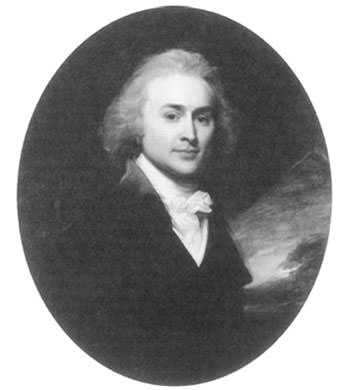
#2 HE WAS THE LEADING AMERICAN NEGOTIATOR IN THE TREATY OF GHENT
In June 1812, a military conflict known as the War of 1812 broke out between U.S. and the United Kingdom. In 1814, John Quincy Adams was called from Russia to act as chief negotiator of the U.S. commission to carry out a peace treaty between the two nations. The Treaty of Ghent was signed on December 24, 1814 in the city of Ghent in Belgium. It restored the borders of the two countries to where they were before the war had started.
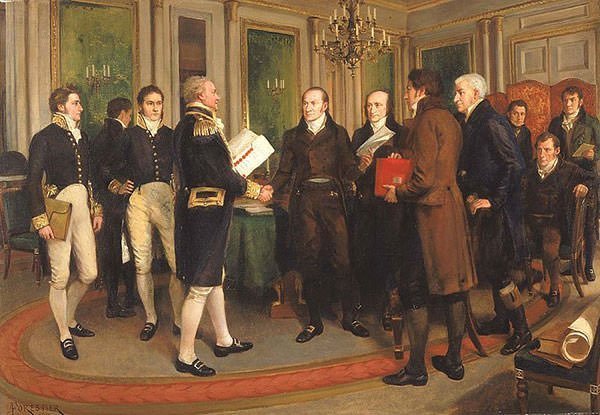
#3 He IS CONSIDERED ONE OF THE GREATEST U.S. SECRETARIES OF STATE
In 1817, President James Monroe named John Quincy Adams as his Secretary of State. Adams served in this post till 1825 and achieved many diplomatic accomplishments. He is regarded by most historians as one of the greatest Secretaries of State in American history, if not the greatest. His first major achievement was the Treaty of 1818 with the United Kingdom which resolved long-standing boundary issues between the United States and British North America over the disputed region of the Pacific Northwest known as Oregon Country in America. Treaty of 1818 greatly improved U.S. relations with U.K. and Canada.

#4 HE NEGOTIATED THE FLORIDA PURCHASE TREATY WITH SPAIN
Spain had long rejected repeated American efforts to purchase Florida. However, due to Latin American Wars of Independence and no Spanish presence in Florida, the region had become a burden to Spain. In 1819, John Quincy Adams negotiated a treaty with Spanish foreign minister Luis de Onis by which Spain would cede Florida to U.S. and in return U.S. would assume liability for $5 million in damage done by American citizens who rebelled against Spain. Known as the Adams–Onis Treaty or Florida Purchase Treaty, it was considered a triumph of American diplomacy.

#5 He WAS THE AUTHOR OF THE MONROE DOCTRINE
By late 1810s, European powers were trying to re-establish control over South America. Adams drafted the Monroe Doctrine, by which U.S. would regard further efforts by European nations to colonize states in the American continents as acts of aggression, requiring its intervention. However, it also stated that U.S. would not interfere in the affairs of existing European colonies, implying it wouldn’t support the various independence movements taking place in the Americas. Issued by President Monroe in 1823, the Monroe Doctrine is considered a defining moment in U.S. foreign policy and one of its longest-standing principles. It would be invoked later by several U.S. presidents.
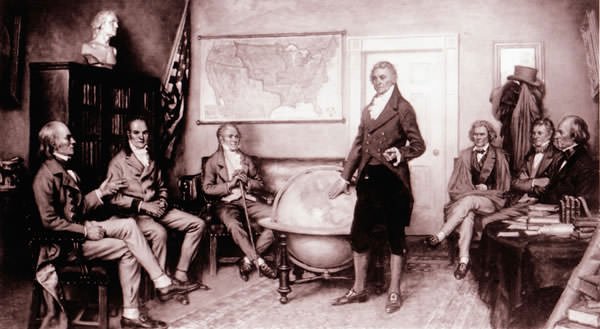
#6 He SERVED AS THE SIXTH U.S. PRESIDENT FROM 1825 TO 1829
Adams entered a five-way race in the 1824 U.S. presidential election. No candidate received a majority in the election though Andrew Jackson did receive the most popular votes. The election was decided by the House of Representatives, which chose Adams as President. Henry Clay, the Speaker of the House, was made Secretary of State by Adams which is why this is termed as the Corrupt Bargain. However, whether it was corrupt is now debated. On March 4, 1825, John Quincy Adams became the sixth President of the United States. He was not re-elected and served a single term till March 4, 1829.
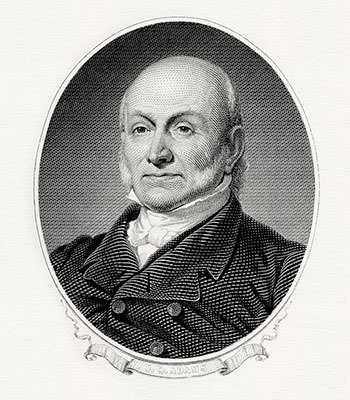
#7 SEVERAL INFRASTRUCTURAL PROJECTS WERE UNDERTAKEN DURING HIS PRESIDENCY
Presidency of John Quincy Adams is not considered to be successful. Most of his initiatives failed to find support in Congress primarily due to opposition from the supporters of Andrew Jackson. Adams had numerous plans for modernizing U.S. through infrastructural and educational improvements. Though most of his plans were not implemented, there were several road and canal building projects which were undertaken. Major foreign policy achievement during his presidency were treaties of reciprocity with a number of nations, including Denmark, Mexico, Prussia, Austria, the Hanseatic League and the Scandinavian countries.
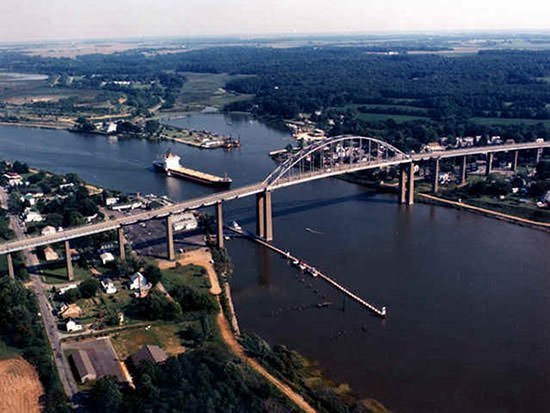
#8 ADAMS HELPED RESOLVE THE NULLIFICATION CRISIS
Instead of retiring after losing the 1828 presidential election, Adams served as a member of the House of Representatives from Massachusetts from 1831 till his death in 1848. He was elected nine times and served for 17 years. His second career in Congress was as influential as his first career as diplomat. In 1832, the Nullification Crisis broke out over the Tariff of 1828 which was passed during Adams’s presidency. Southerners believed that it benefited northern industrialists at the expense of southern farmers. As the crisis threatened civil war, Adams authored an alteration to the tariff, which weakened it and diffused the crisis.
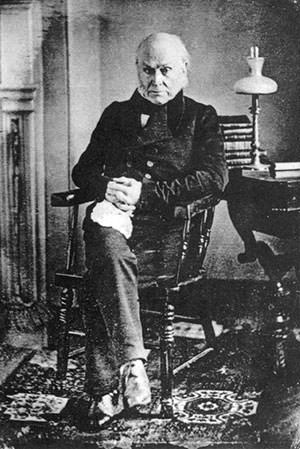
#9 He WAS A PROMINENT OPPONENT OF SLAVERY
Adams’s most prominent accomplishment during his 17-year congressional career was his opposition to slavery. In 1836, Southern Congressmen voted in the “gag rule”, which immediately tabled any petition about slavery, thus preventing any discussion on the issue. Adams refused to honor the rule and used his parliamentary skills to evade it, leading to discussions on slavery in Congress. His fight against the gag rule became a long dramatic contest which ended in 1844 when his motion to repeal the rule was carried by a vote of 108 to 80. Adams also spoke against several other slavery related issues including Slave Power, the disproportionate political power held by slave owners in federal government. He was the leading voice against slavery in Congress.
#10 HE Supported The ESTABLISHMent of SMITHSONIAN INSTITUTION
Another spectacular contribution by John Quincy Adams was his efforts for the advancement of science and diffusion of knowledge. In 1825, during his presidency he signed the bill for the creation of a national observatory leading to the foundation of United States Naval Observatory (USNO), which remains one of the oldest scientific agencies in U.S. Adams was also the primary person responsible for ensuring the creation of the Smithsonian Institution. Established in 1846, the institution is a group of museums and research centers administered by the government of U.S. “for the increase and diffusion of knowledge”.

JOHN QUINCY ADAMS AND THE AMISTAD CASE
In July 1839, enslaved Africans travelling aboard the Spanish vessel La Amistad (“Friendship”) escaped their shackles, killed the cook and the captain, and took over the ship. Though they wanted the vessel to be directed back to Africa, the crew tricked them and steered La Amistad to the United States. This led to a case in the U.S. Supreme Court, famous as The Amistad. John Quincy Adams joined the case on behalf of the 39 African slaves. The court ruled in favor of the Africans, who were declared free and returned to their homes.

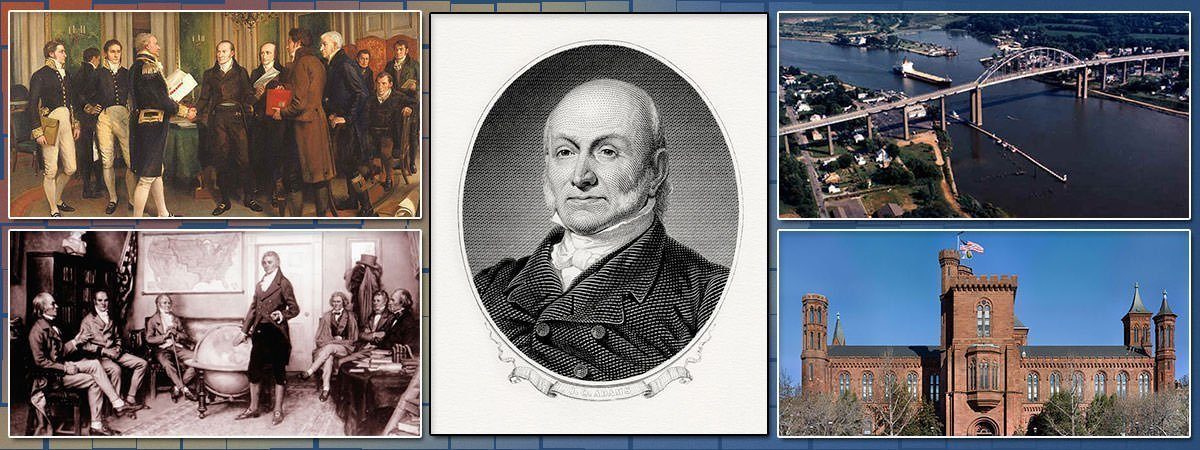
Great introduction article to highlighting John Quincy Adams’s career.
Thanks for your appreciation.
I learned so much here about the man. Thank You
Thanks for your appreciation
really helpful
Happy to help.